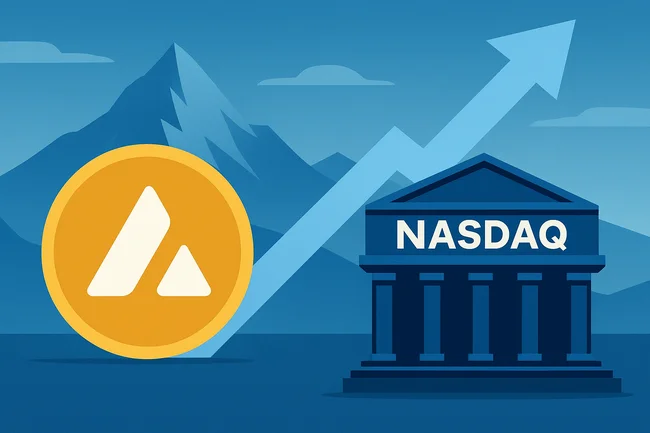Liquidity mining involves providing liquidity to a decentralized finance (DeFi) platform by depositing assets into a liquidity pool. Users contribute crypto assets to these pools, which are then used for trading, lending, or other financial activities.In return for their contributions, participants receive rewards, often in the form of the platform’s native tokens. This incentivizes users to lock their assets in the pool, ensuring there’s enough liquidity for smooth transactions.The process benefits both the platform—by providing essential liquidity for its operations—and the users, who can earn passive income through rewards. However, there are risks involved, such as impermanent loss, where the value of deposited assets may decrease compared to holding them separately.Overall, liquidity mining plays a crucial role in DeFi by enhancing liquidity, allowing decentralized applications to function more effectively, and offering users a way to earn rewards on their holdings.

Avalanche Treasury Co. to Go Public in $675M Deal With Mountain Lake Acquisition
Avalanche Treasury Co. (AVAT), a digital asset treasury company aligned with the Avalanche Foundation, said Wednesday it has agreed to



